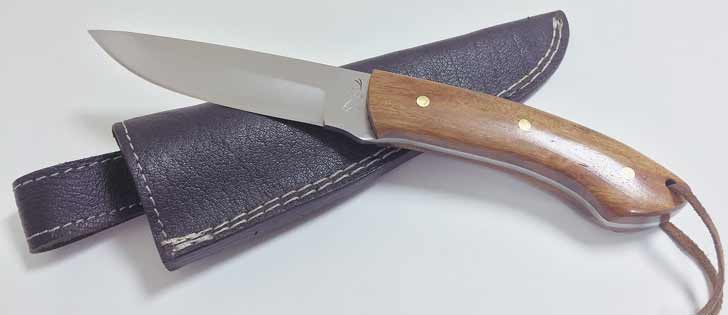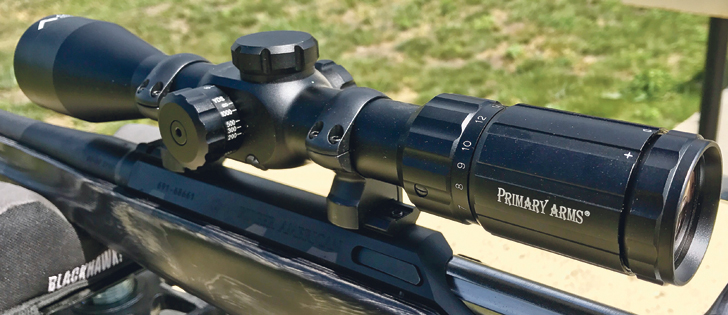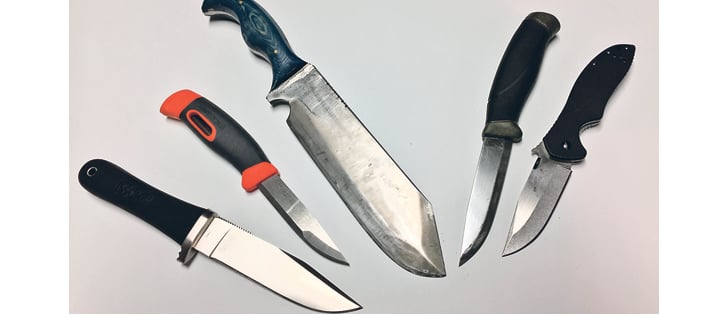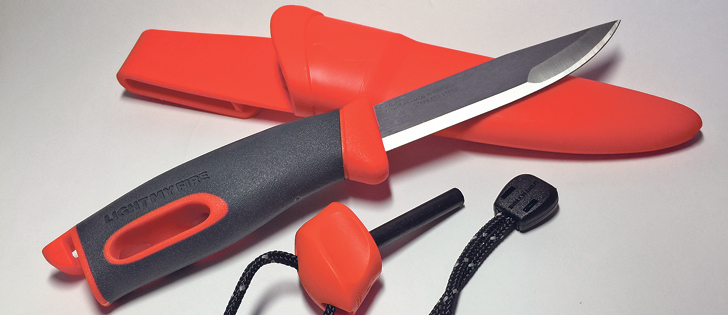My wife, son and I went on a camping trip through the Alberta Rockies this summer. We came across a knife store called Slice & Dice during our stay in Jasper, Alta., and I was curious about its products.
Inside the simple, but well-presented shop was an assortment of folding, hunting and kitchen knives made from carbon or random pattern-welded Damascus steel.
I could tell everything was handmade and their details revealed quality craftsmanship.
I decided to buy a hunting knife that caught my eye, and it was then that I met the store’s friendly and talkative maker, blacksmith Boris Bukovec.
Read Also

Proactive approach best bet with looming catastrophes
The Pan-Canadian Action Plan on African swine fever has been developed to avoid the worst case scenario — a total loss ofmarket access.
Boris was originally from Germany, where he learned blacksmithing and knife making from his father. He was proud of his blacksmithing origins and held his father’s skills in great regard. From what I could tell of the quality products offered at the store, his pride was certainly justified.
The hunting knife I chose was 9.5 inches long with a 4.5-inch blade. A blunt section of the blade, called a Ricasso, allowed the user to easily choke up for detail cutting. Boris uses custom carbon steel, which he modifies from Bohler tool steel and modifies at his forge.
The blade had a concave secondary grind. When I bought the knife at the Jasper shop, Boris personally finished and polished the edge until it easily shaved hair and cleanly sliced thin telephone book paper.
The polished wood handle was made from stabilized material. Stabilizing wood is a treatment process that prevents it from cracking, expanding and shrinking over time when exposed to different environments. When properly done, stabilized wood will outlast the lifetime of its owner.
The handle had a subtle taper near the blade for a comfortable pinch grip, which is used when skinning and slicing.
It was finished with brass pins for security and a leather thong to draw the knife easily from its belt sheath.
The black pouch-style leather sheath was handmade by Boris’s wife. It had quality stitching, retained the knife well and hung from my belt at a comfortable and usable height. I have seen a lot of poorly designed and made sheaths, but this was definitely not one of them. The style of the knife and its sheath made for a handsome package.
My tests of the knife were positive: it cut and pierced well. Boris’s custom carbon steel resisted edge chipping and rolling, held its sharpness through long periods of use and sharpened easily.
I believe I spent $250 on the hunting knife in this review. Handmade knives are generally more expensive than mass manufactured products, but they are worth the investment. I am confident I will be passing this knife to my son one day, and hopefully he will be passing it on to his children when the time comes.
For more information about Slice & Dice, visit Boris’s website at www.slice-dice.ca., email slice.dice.handmade.art@gmail.com or call him at 780-723-1667.
Kim Quintin is a Saskatoon outdoor enthusiast and knife maker. He can be reached for column suggestions at kim.quintin@producer.com or 306-665-9687.

















